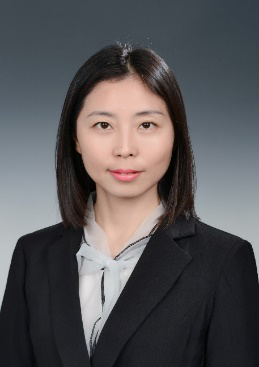 GU, Xiaokun (guxk1980@sjtu.edu.cn)
GU, Xiaokun (guxk1980@sjtu.edu.cn)
Xiaokun Gu is an Associate Professor at China Institute for Urban Governance, School of International and Public Affairs, Shanghai Jiao Tong University. Her research focuses on urban and rural land renewal and planning, governance of urban space, and rural multi-functional transition.
Dr. Gu holds her Ph.D. Degree in Geography from the Chinese Academy of Sciences. She was a visiting scholar at the University of North Carolina at Chapel Hill, US. She has published more than 40 peer review papers both in English (SSCI / SCI) or Chinese (CSSCI), and two books. Her research has been funded by the National Natural Science Foundation of China, the Humanities and Social Sciences Foundation of the Ministry of Education, the Shanghai Pujiang Program, the Shanghai Municipal Government Decision-making Consultation Project, the China Postdoctoral Foundation, and other government departments.
She is currently the director of the Department of Research at China Institute for Urban Governance. Serving as a member of the Land and Space Planning Committee of China Natural Resources Association and the deputy director of Youth Academic Committee of Shanghai Land Association, she has been the consultant to Shanghai Municipal Bureau of Planning and Land Resources for many years.
Research Overview
Rapid urbanization has widened the urban-rural gap globally, resulting in the transfer of youth labor and capital from rural to urban areas. Rural areas are experiencing significant temporal and spatial changes as a result of social, economic, and technological developments, which could be described as a multifunctional transition. During the dramatic urbanization in China since 1978, The Yangtze River Delta is one of the fastest growing regions. It only accounts for 2.2% of China’s total land area, but has one sixth of the population and produced a quarter of GDP of China. In fact, the YRD includes 27 cities, 230 counties or districts, more than 1500 small towns and approximately ten thousand villages. How these villages adapted to the huge impact of dramatic urbanization? To answer this question, we build up a conceptual framework of rural multifunction, and take 4 village from Shanghai, Ningbo and Huzhou as examples to analyze their function transition. We found that the rural multifunctional transition in the YRD has experienced four different stages, including the traditional functions stage, rural self-transition stage, government supported transition stage, market participated transition stage. We hope the other similar rural regions could refer from the practices and theory in YRD.